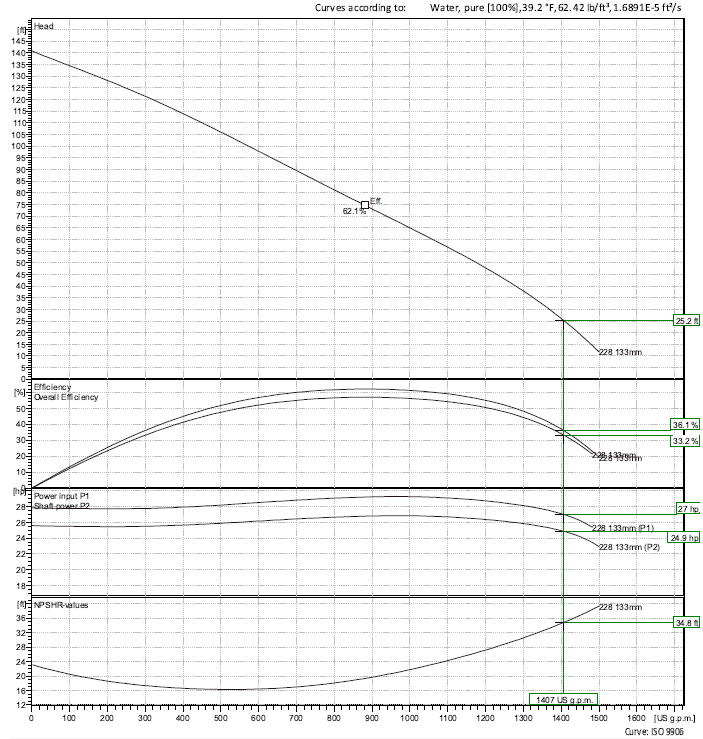Hi, I have a question regarding the Full Load Amps that is provided on a centrifugal pump's nameplate. Is the FLA equal to the maximum current that the motor will draw?
I noticed for most centrifugal pumps, the power input peaks around the middle of the curve, then drops off a bit as the pump starts to run out. Does this mean that the FLA is at the "peak", and the current will drop when the pump operates closer to the end of the curve?
Thanks in advance.
I noticed for most centrifugal pumps, the power input peaks around the middle of the curve, then drops off a bit as the pump starts to run out. Does this mean that the FLA is at the "peak", and the current will drop when the pump operates closer to the end of the curve?
Thanks in advance.

